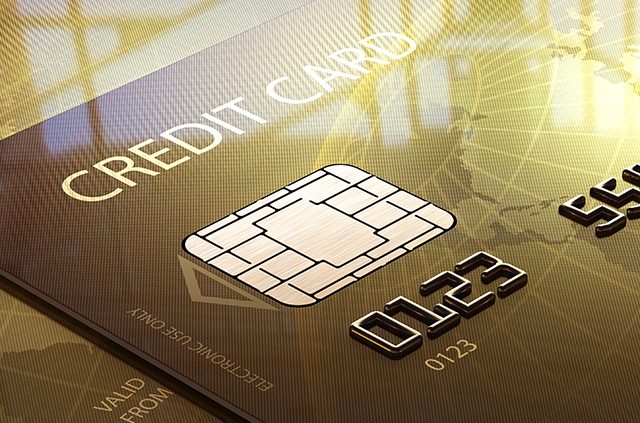
#Emv card technology software
However, when you use a chip card, it uses encryption to scramble the information and send it to the bank in a language only the bank’s software can decipher. When you used an old magnetic strip credit card, the payment information was broadcast to the bank as it was. To put it simply, that kind of upfront investment isn’t something most scammers are able to manage. To get that type of information from a chip card, scammers need equipment that costs nearly a million dollars. EMV-chip cards actually use small computer chips that are incredibly hard to counterfeit. Scammers can make skimmers for less than $20, and if a consumer runs their card through an ATM or a gas pump with a skimmer, the scammer can instantly capture their credit card details. It is very difficult to tamper with a chip card. Thanks to the unique transaction codes, the credit card would just be denied. With EMV cards, it’s no longer profitable for hackers to try and get this information because even if they did, they would not be able to use it. In contrast, with traditional magnetic strip cards, it’s easy to clone the info from the strip, and once a scammer has those details, they can use them repeatedly.

#Emv card technology code
Unique Transaction CodesĮvery time a chip card is used, it creates a brand new, specific transaction code that cannot be used again. However, the banking and finance industry ultimately realized that the convenience of magnetic strips was not worth the high rates of fraud. In the ten plus years that other countries have been using this technology, they have had positive reports of reduced in-person credit card fraud.Īrguably, the United States stuck with magnetic strips for so long because of a sophisticated internet service that allows instant communication in real time. EMV chips took the technology a step further and shifted the focus to security and fraud prevention. Developed in the 1960s, strips were designed to make transactions easier. Designed to Prevent FraudĮMV chips are specifically designed to prevent fraud. Here is a look at seven ways these new cards help to keep bank information secure: 1.

card issuers have finally adopted this technology to keep their cardholders’ information safe, and the shift is also expected to reduce the costs associated with fraud. In the wake of several large-scale data breaches and increasing credit card fraud, U.S. The United States is one of the last countries to accept this technology. Short for Europay, Mastercard, and Visa, the companies that develop and administer this technology, EMV chips have been used in Europe for over a decade and have greatly improved bank security on the other side of the pond. In 2016, the United States finally began the transition from magnetic strip credit and debit cards to EMV chip cards.


 0 kommentar(er)
0 kommentar(er)
